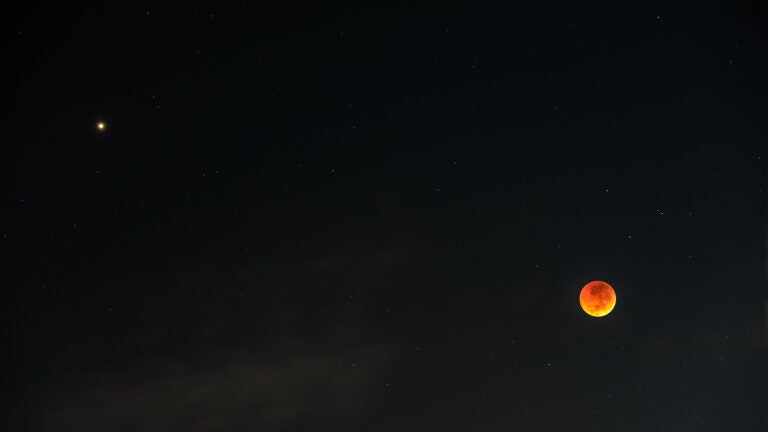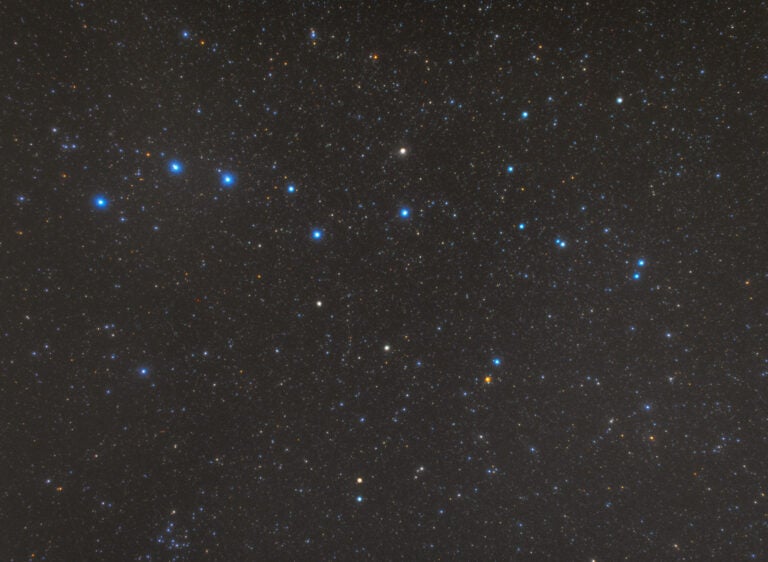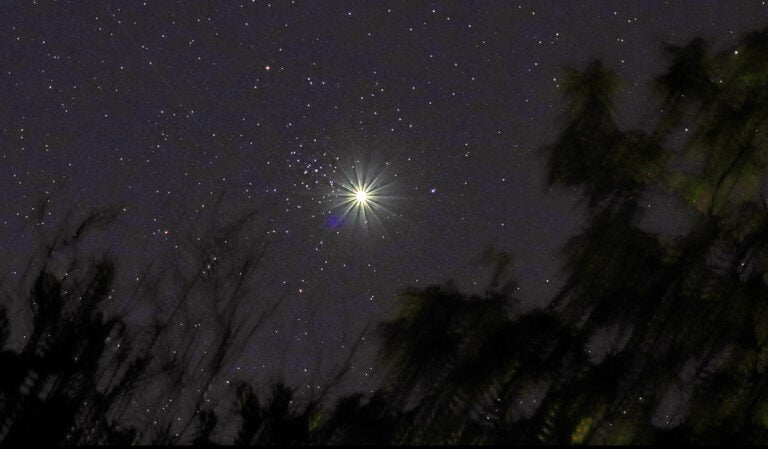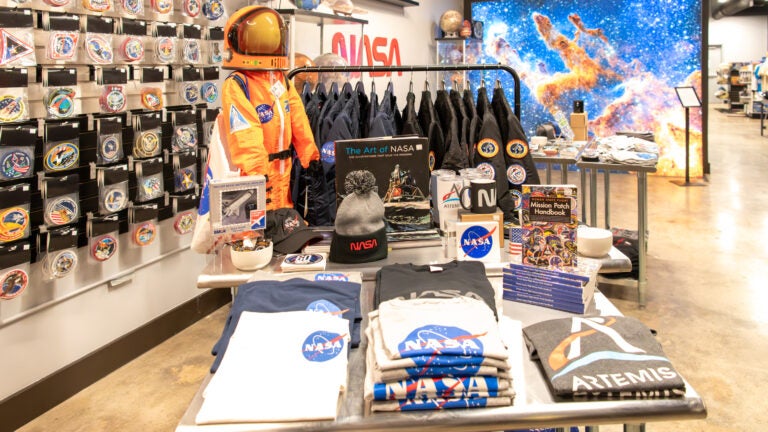
Last summer, the global amateur astronomer community was rocked when it lost one of its giants. Don Machholz from Arizona passed away suddenly on Aug. 9, 2022, at the age of 69. Don was a preeminent visual comet hunter with 12 discoveries to his credit. His most recent was Comet C/2018 V1 (Machholz–Fujikawa–Iwamoto), discovered Nov. 7, 2018.
Don was also one of the originators in the 1970s of the much-beloved Messier marathon. He realized that around the time of the vernal equinox, the Sun is positioned such that all the Messier objects — save for M30 in Capricornus — are visible sometime between sunset and sunrise. (And if you want to get technical, even M30 is possible just before dawn, provided you live south of latitude 30° north.)
Observers can take on any version of the marathon they want. If you’re just beginning, you might try out a seasonal mini-marathon. Or, if you’re up to the challenge, try to spot as many of the 109 objects through binoculars and telescopes as you can in a single sunset-to-sunrise marathon observing session. For added difficulty, traditionalists run the marathon without using go-to controls, setting circles, or similar aids.
Often, attempts are confounded by moonlight around the vernal equinox. But not this year: New Moon is on Tuesday, March 21, making 2023 perfect for running the marathon in honor of Don’s memory. Here are some quick tips if you are a marathon newbie.
You may be thinking, “How can I see all the Messier objects through binoculars?” True, some may elude you. It’s not so much a matter of can you see them all, but rather how many can you see? Back in high school, I found 85 objects through 7×35 binoculars. About 20 years later, I saw 101 in a single night through 11x80s.
You’ll need a clear, dark sky with good views to the west and east. Those are critical directions for the evening and morning “rush-hour” objects, respectively. Rush-hour objects either set or rise in twilight’s glow.
You will also want a good star atlas, like Astronomy’s The Complete Star Atlas, to guide you along your journey. Alternatively, an online printable atlas, like www.freestarcharts.com/messier, is a good choice.
Your binoculars should be mounted on a tripod or other support, since you will be going between charts and binoculars all night long.
Like running a road marathon, you need a strategy for this celestial race, especially for the early evening and early morning. I always try to nab the brighter evening objects — such as the Orion Nebula (M42) and Pleiades (M45) — before the sky fully darkens.
Then, as the sky becomes dark enough, the race against time begins. Those rush-hour objects are easily lost in twilight if not glimpsed quickly enough.
Realistically, some targets that are marginally visible even when high in the sky may elude you due to their low altitude at this time of year.
As you make your way through the rest of winter’s clusters, nebulae, and early spring’s challenging galaxies, the next hurdle becomes visible around midnight: the Coma-Virgo realm of galaxies. Fourteen Messier objects lie within a 10° by 10° area between Denebola (Beta [β] Leonis) in Leo and Vindemiatrix (Epsilon [ε] Virginis) in Virgo. Here, patience is a virtue, since none of the galaxies shine brighter than magnitude 8.4. Most are between magnitude 9 and 10. A detailed chart is a must. Contact me through my website (below) and I’ll be happy to send you a copy of the one I use.
By the time you’re out of this galactic realm, the summer stars are rising. The air may be cold, but those superb summer treasures are bound to warm you. Visit each only briefly because before you know it, it’s morning and the race is coming to an end.
Good luck if you decide to give the marathon a run. I would enjoy hearing your results; contact me through my website, philharrington.net. And until next month, remember that two eyes are better than one.









